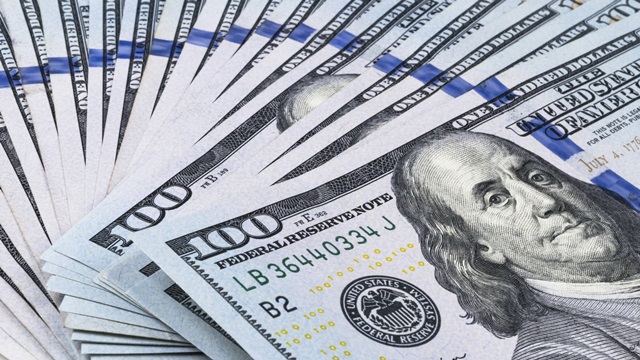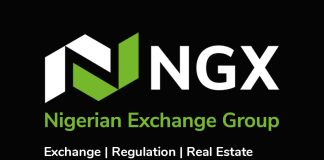Nigeria’s exchange rate at the NAFEX window depreciated to N389 during intraday trading on Tuesday, August 4, 2020. In a similar situation, the exchange rate at the parallel market depreciated marginally on Tuesday as well to close at N474/$1 and as high as N480/$1.
Market Watch
Parallel Market: At the black market where forex is traded unofficially, the Naira depreciated against the dollar to close at N474/$1 on Tuesday, according to information from Abokifx, a prominent FX tracking website. This represents a N1 drop when compared to the N473/$1 that it exchanged on Monday, August 3. However, Nairametrics forex tracker obtained a price of N480/$1 from some traders who we also source information from.
NAFEX: The Naira depreciated against the dollar at the Investors and Exporters (I&E) window on Tuesday, closing at N389/$1. This represents a N1 drop when compared to the N388 rate close that was reported on the last trading day, Monday August 3. The opening indicative rate was N388.46 to a dollar on Tuesday. This represents a 13 kobo drop when compared to the N388.33 to a dollar that was recorded on Monday.
The naira fell to as high as N392.50 during intraday trading before strengthening to the closed rate of N389. It also sold for as low as N380/$1 during intraday trading. Forex is sold at several prices and different times during the day.
Forex Turnover: Meanwhile, forex turnover at the Investor and Exporters (I&E) window recorded an increase on Tuesday, August 4, 2020, as it rose by 43.12% day on day. According to the data tracked by Nairametrics from FMDQ, forex turnover increased from $17.23 million on Monday, August 3, 2020, to $24.66 million on Tuesday, August 4, 2020. Despite the increase, the volume is a far cry from the average of over $200 million that was recorded in January 2020.
The average forex sale for last week was a low volume of about $32 million which is slightly better than the $27 million that was recorded the previous week. FX turnover which was not impressive last week has not show any sign of recovery despite the picking up of business activities after the 2-day Sallah holiday.
Total forex trading at the NAFEX window in the month of July was $937 million compared to $875 million in June.
The exchange rate disparity between the official NAFEX rate and the black-market rate remained wide on Monday staying as wide as N85. Nigeria maintains multiple exchange rates comprising the CBN official rate, the BDC rates, SMIS, and the NAFEX (I&E window).
Exchange rate unification remains on the cards and yet to be implemented weeks after the central bank governor confirmed it will be executed.
COVID-19 Pressures
Nigeria’s airspace remains closed to commercial international flight operations and won’t be open till October 2020. Foreign Travel has often been a source of demand for the greenback.
- The recent demand for dollars at the parallel market is thought to be fueled by speculators.
- The parallel market also caters to forex trades through wire transfers especially for buyers who cannot fulfil their dollar demands at the I&E window or the SMIS window.
- The exchange rate for wired transfer is often at a premium to the black market rate.
Forex Challenges: Last few weeks have been most challenging for the foreign exchange market as it witnessed very low liquidity. The downward slide against the greenback and some other major currencies continued this week due to tightened liquidity in the system.
According to a report from FSDH research, forex inflows into the I&E window had dropped significantly in the second quarter of 2020 on the back of lower foreign portfolio inflows. Although there was a slight improvement in the month of July, the turnover of $937 million is a far cry from the $3.7 billion turnover that was recorded in the month of March before the lockdown which was triggered by the coronavirus pandemic.
The low oil prices have constrained the CBN’s capacity to intervene further in the foreign exchange market as dollar inflow still remains very low.
Source: Nairametrics














